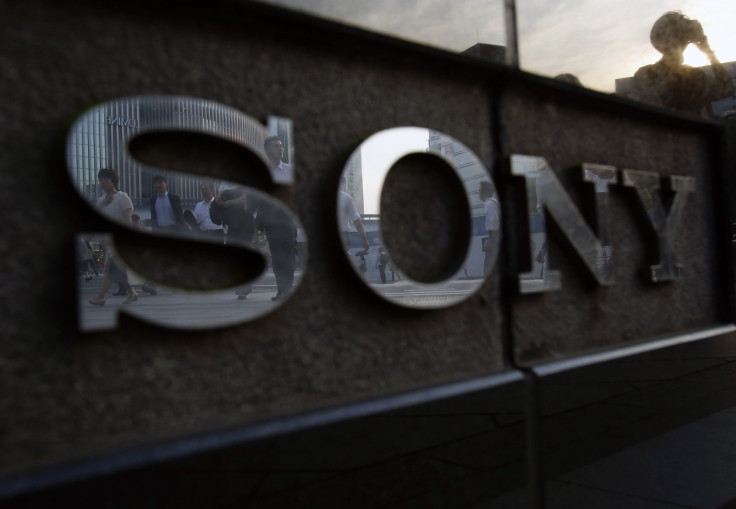Who Was Behind The Sony Cyberattack? NSA Claims Software Points To North Korea

In January, the United States National Security Agency pinpointed North Korea as the source of the recent cyberattack on Sony Pictures Entertainment, an incident that left executives scrambling and eventually led SPE co-chairman Amy Pascal, 56, to resign. Now, the NSA is saying how it came to that conclusion: fingerprints on the malware.
"We ultimately ended up generating the signatures to recognize the activity ... used against Sony," NSA Director Michael Rogers said on Thursday during a Canadian security conference. "From the time the malware left North Korea to the time it got to Sony's headquarters in California, it crossed four different commanders' lines or areas in the U.S. construct."
Rogers claimed that the discovery was part of the NSA's initiative to develop software to ward off cybercrime.
"If you had told me that I was going to be spending time working on an offensive act against a motion picture company, I would have thought: 'What? What does that have to do with me?' And yet that's the world we find ourselves in,” Rogers said.
Perhaps the most damaging material uncovered by the hack was the scathing emails sent between a number of executives regarding celebrities and other employees. Sony producer Scott Rudin called “Unbreakable” director Angelina Jolie a “minimally talented spoiled brat who thought nothing of shoving this off her plate for 18 months so she could go direct a movie.”
© Copyright IBTimes 2024. All rights reserved.






















